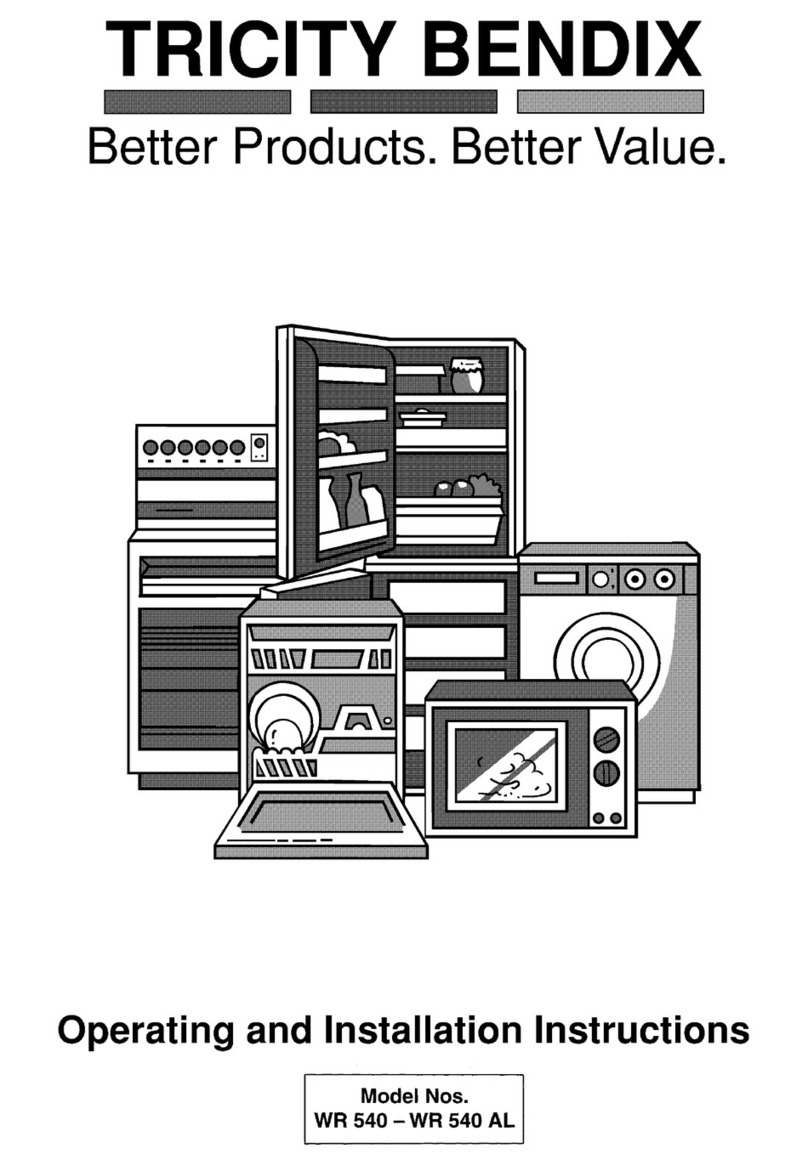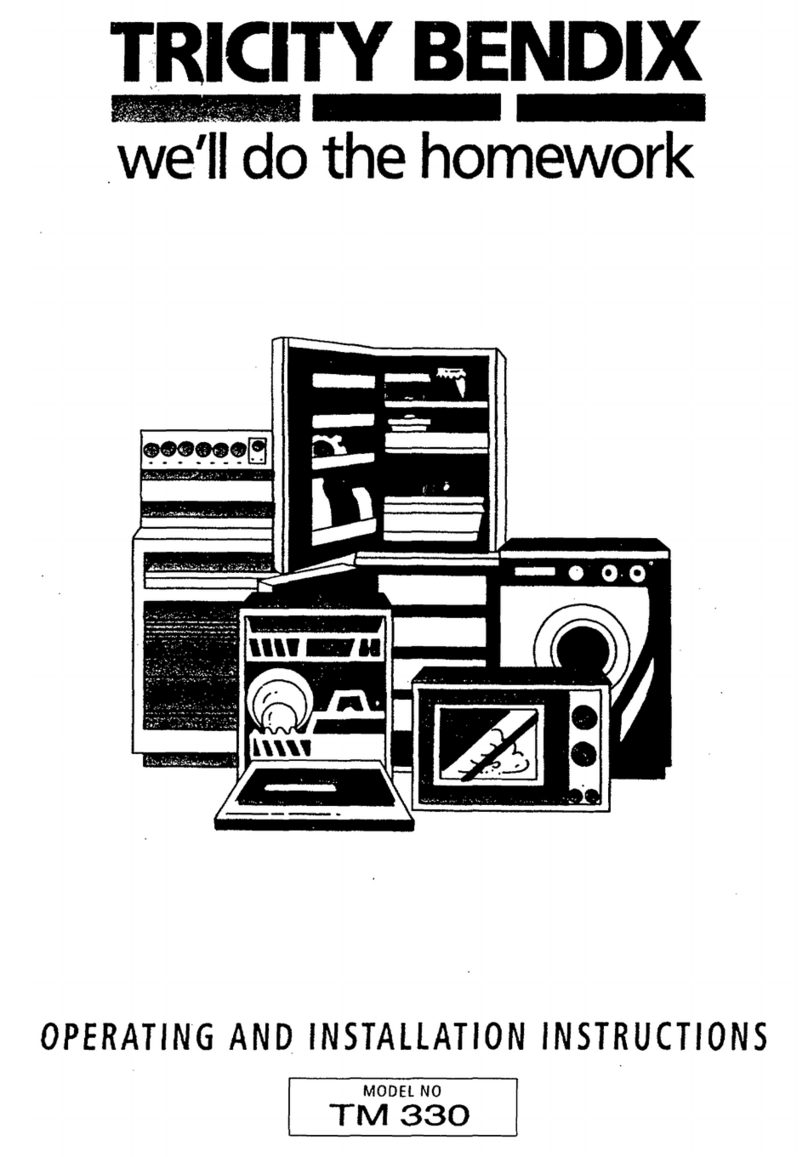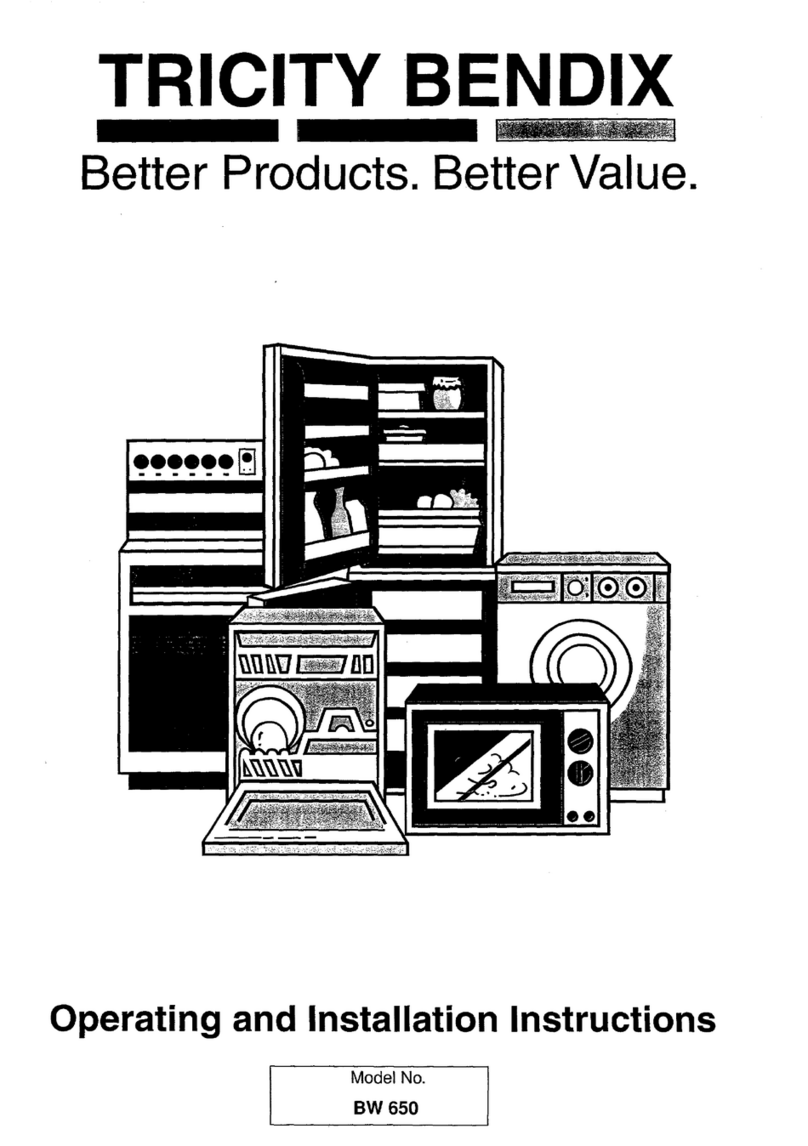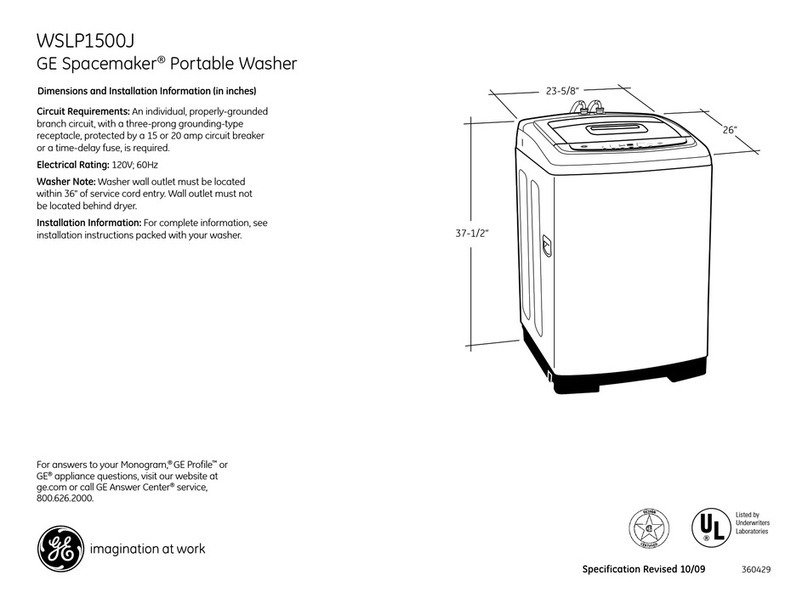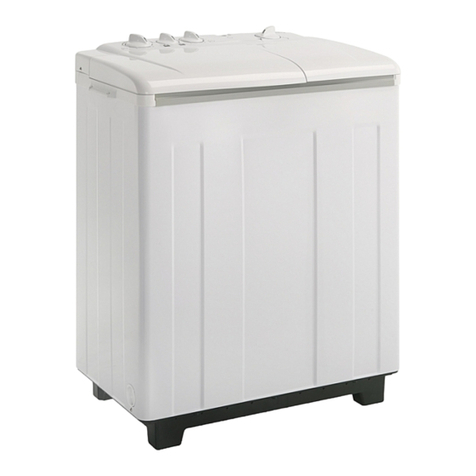Tricity Bendix AW 440 User manual
Other Tricity Bendix Washer manuals

Tricity Bendix
Tricity Bendix AW 480 AL Specification sheet
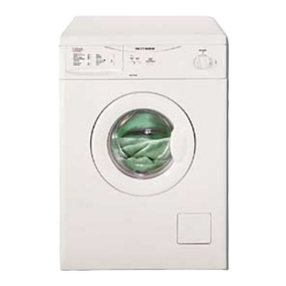
Tricity Bendix
Tricity Bendix AW 1100 S Product guide
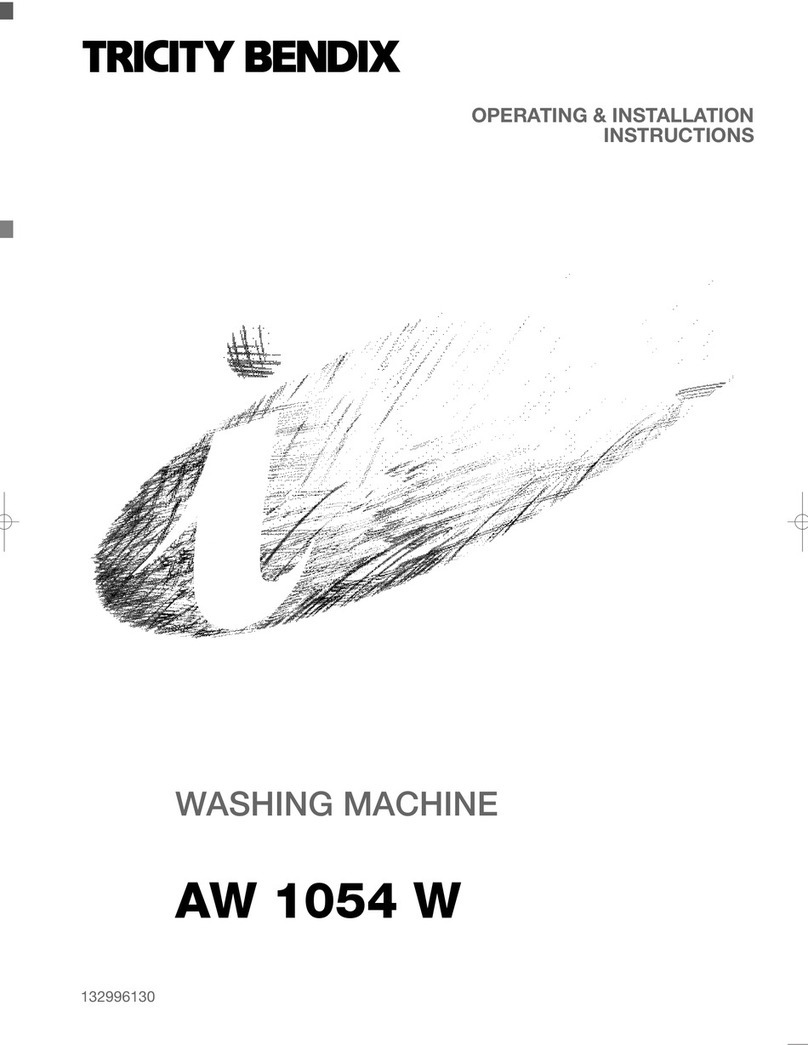
Tricity Bendix
Tricity Bendix AW 1054 W Product guide
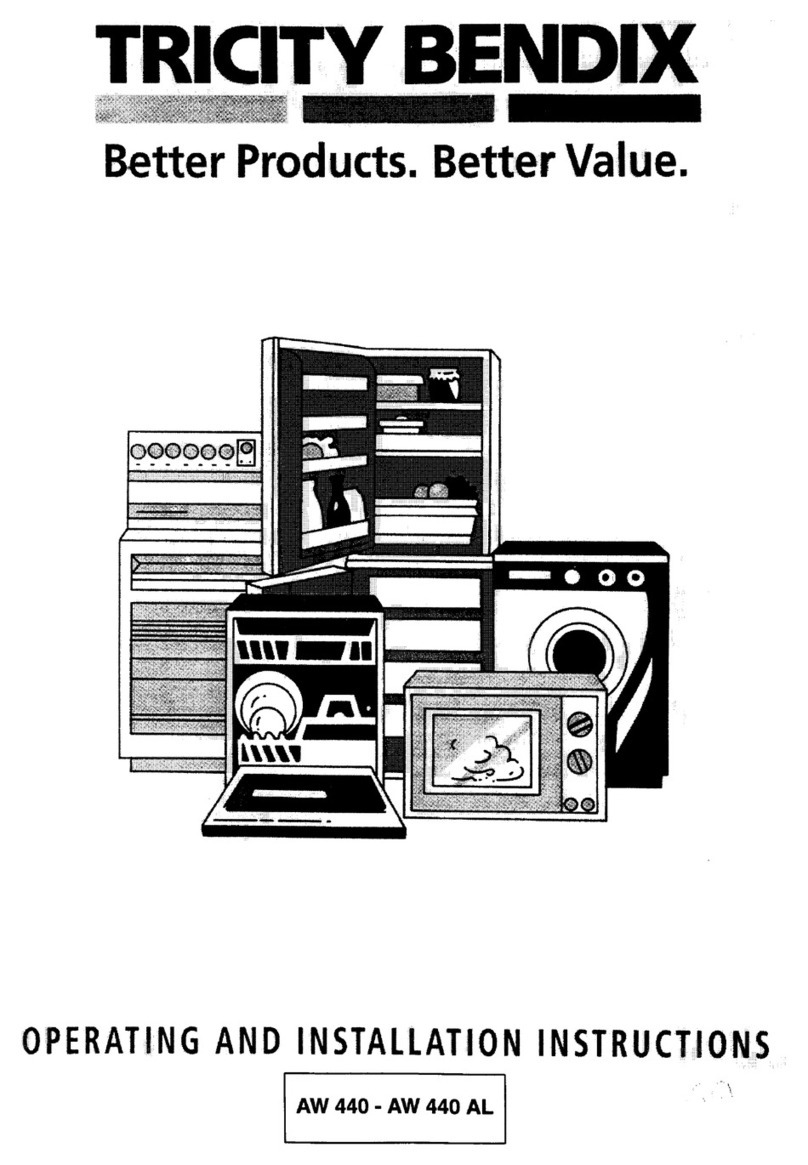
Tricity Bendix
Tricity Bendix AW 440 AL User manual
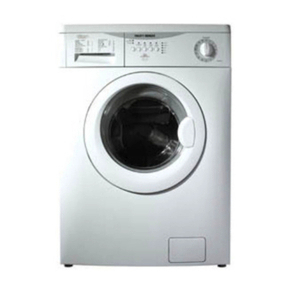
Tricity Bendix
Tricity Bendix AW 1001 W User manual

Tricity Bendix
Tricity Bendix WDR 1020 User manual
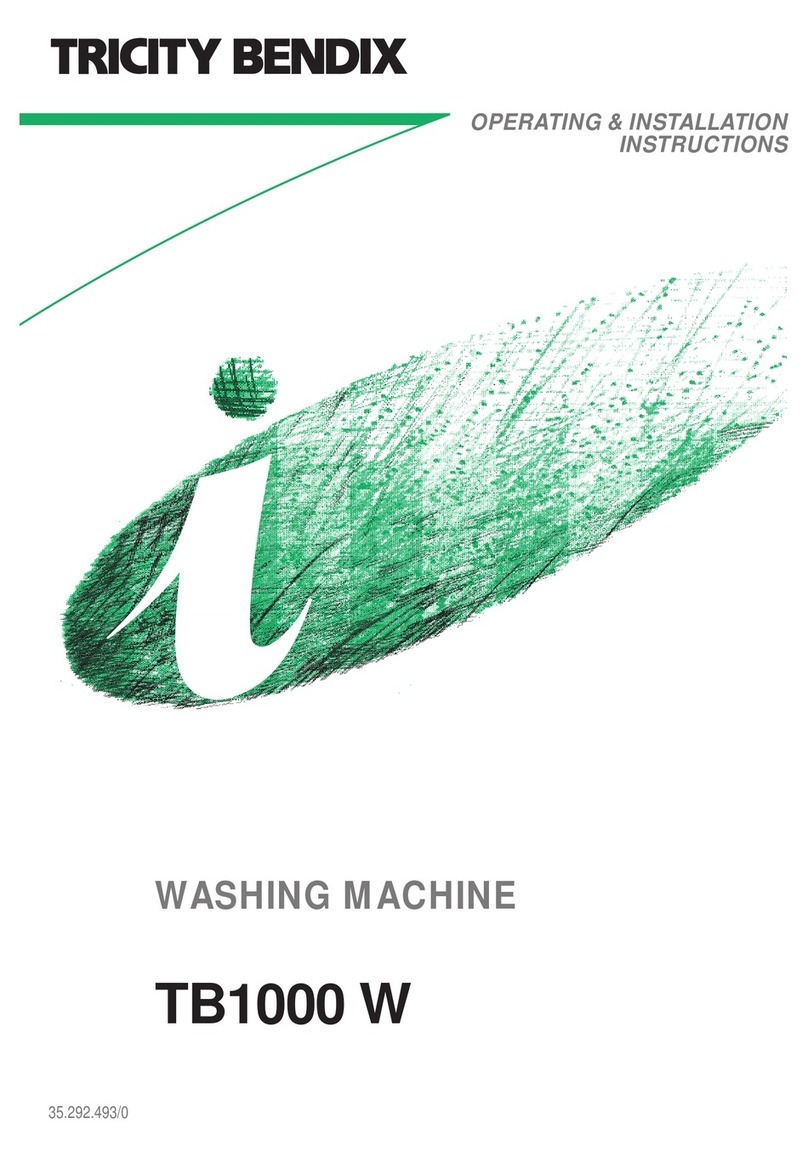
Tricity Bendix
Tricity Bendix TB1000 W User manual
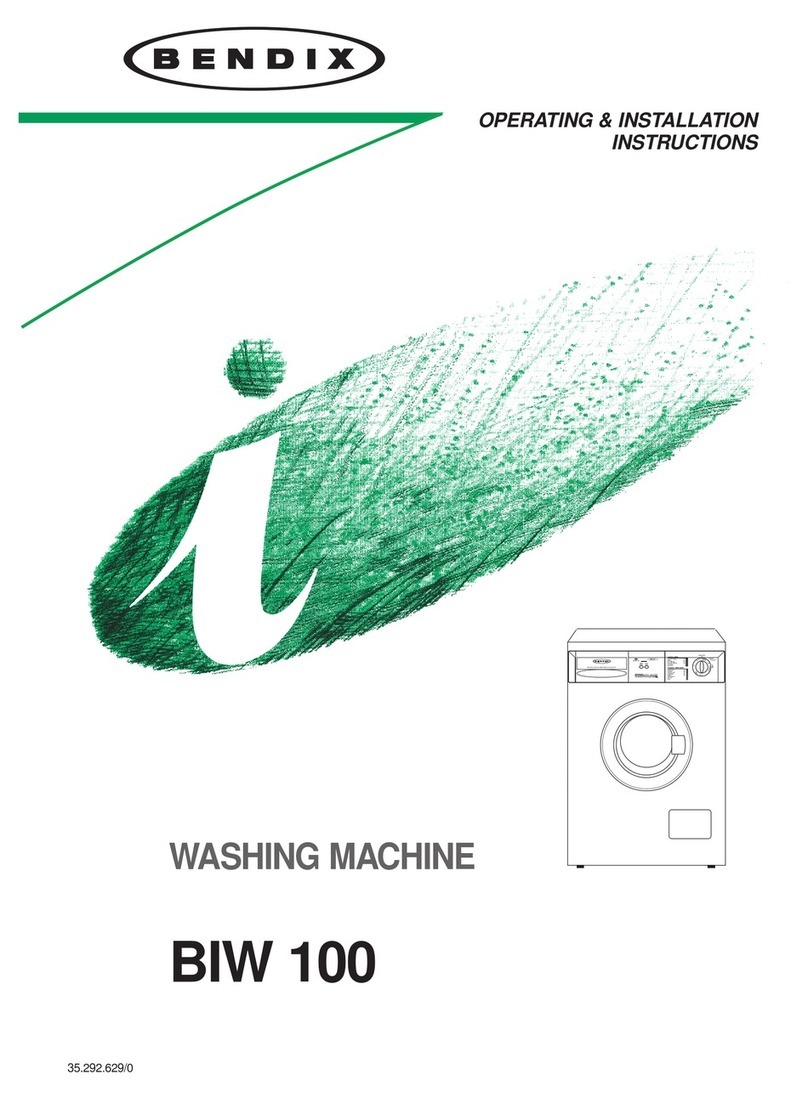
Tricity Bendix
Tricity Bendix BIW 100 Product guide

Tricity Bendix
Tricity Bendix De Luxe 7001 User manual
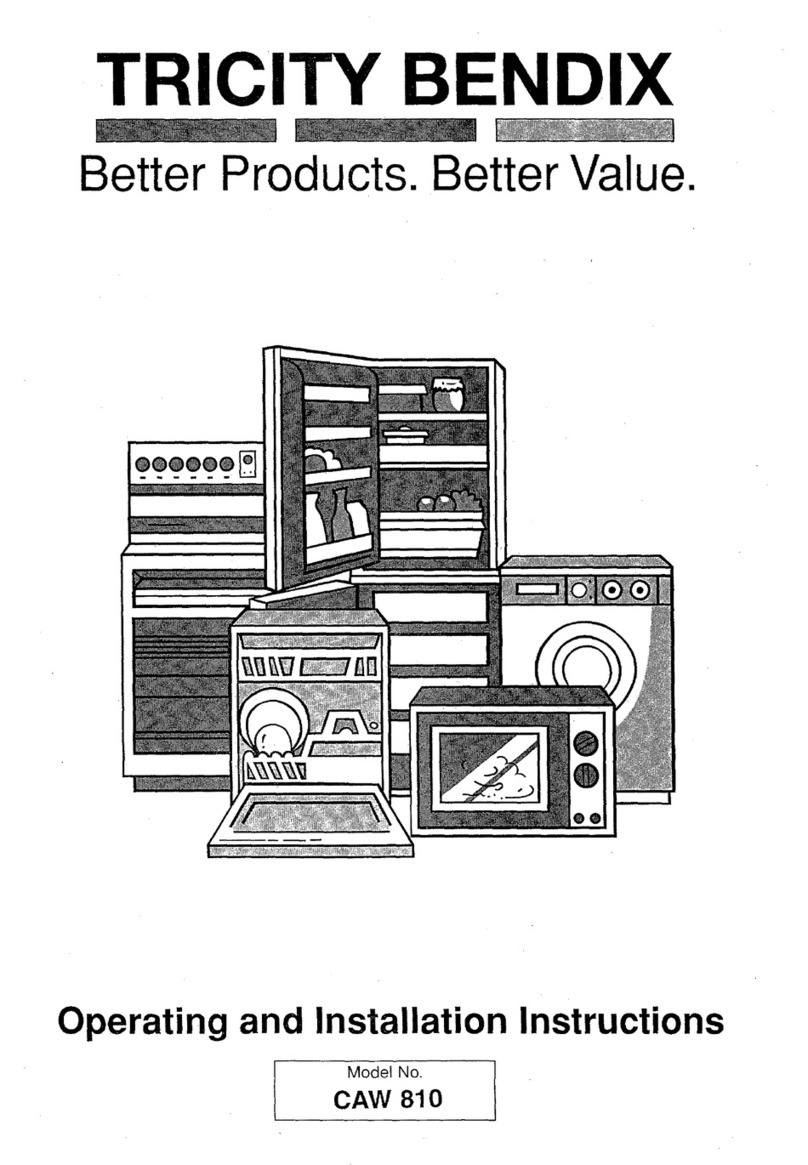
Tricity Bendix
Tricity Bendix CAW 810 User manual
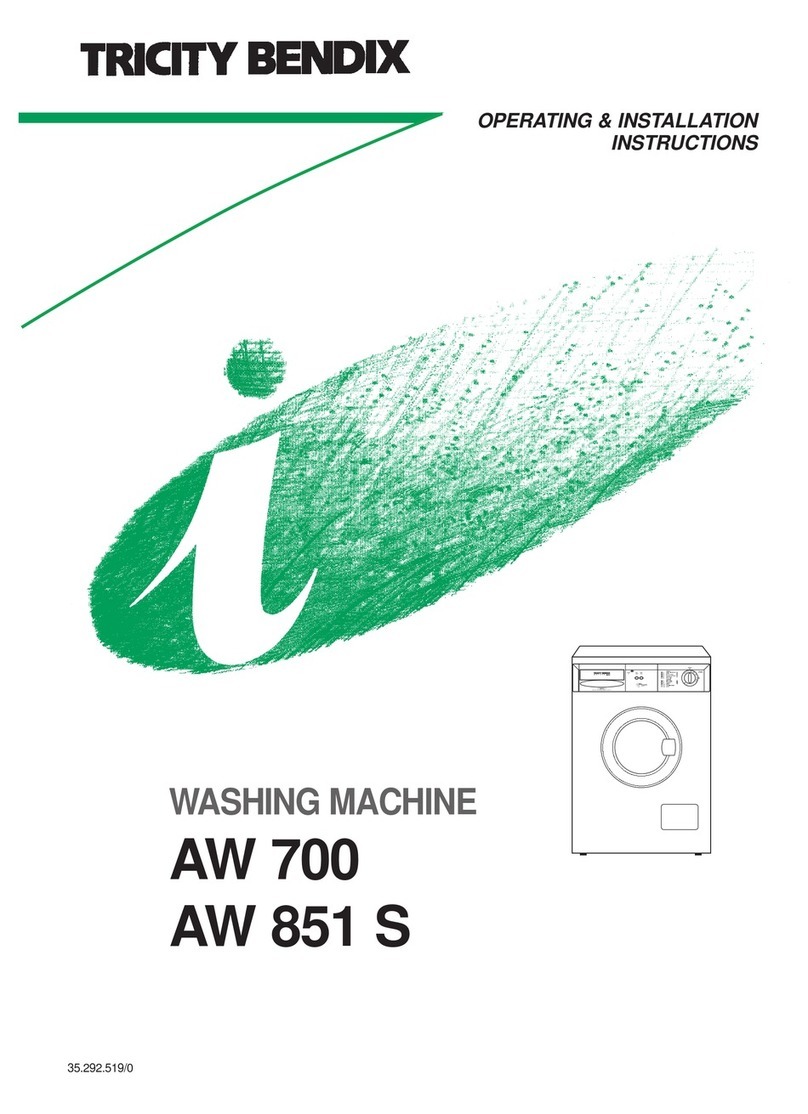
Tricity Bendix
Tricity Bendix AW 700 Product guide
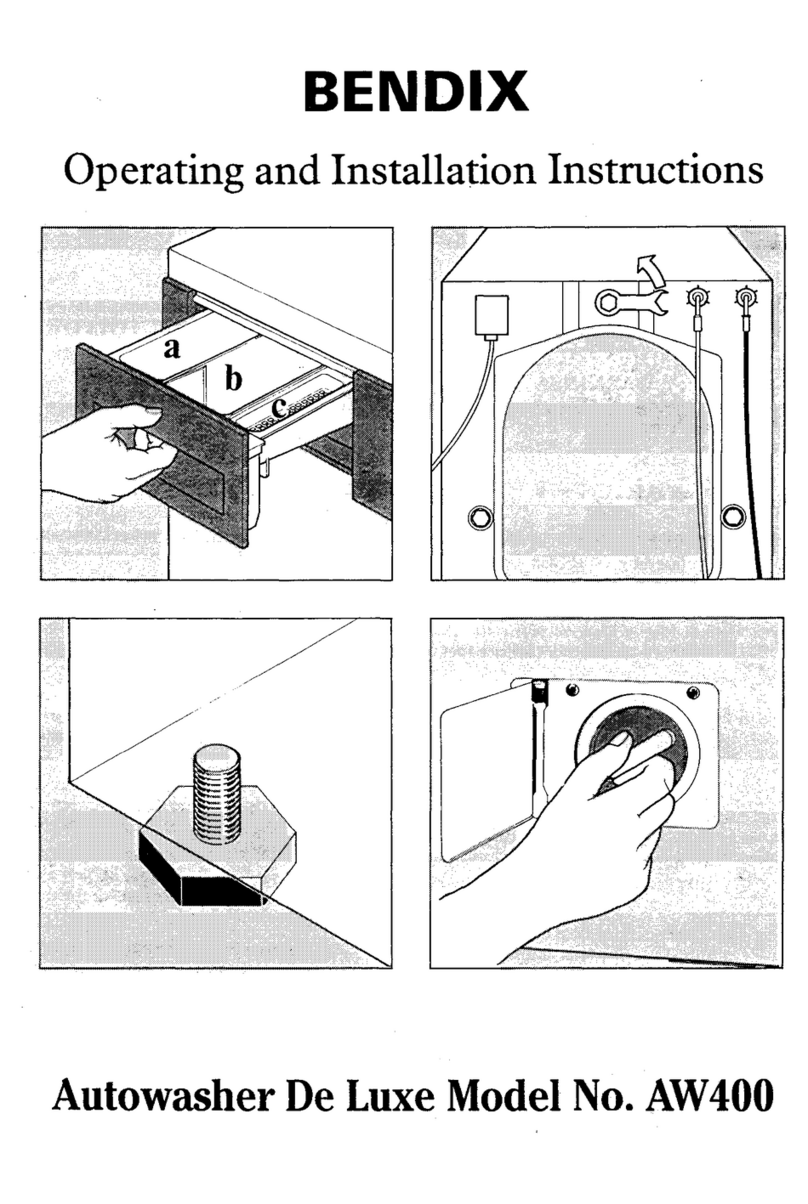
Tricity Bendix
Tricity Bendix De Luxe AW400 Specification sheet

Tricity Bendix
Tricity Bendix AW 1460 W Product guide
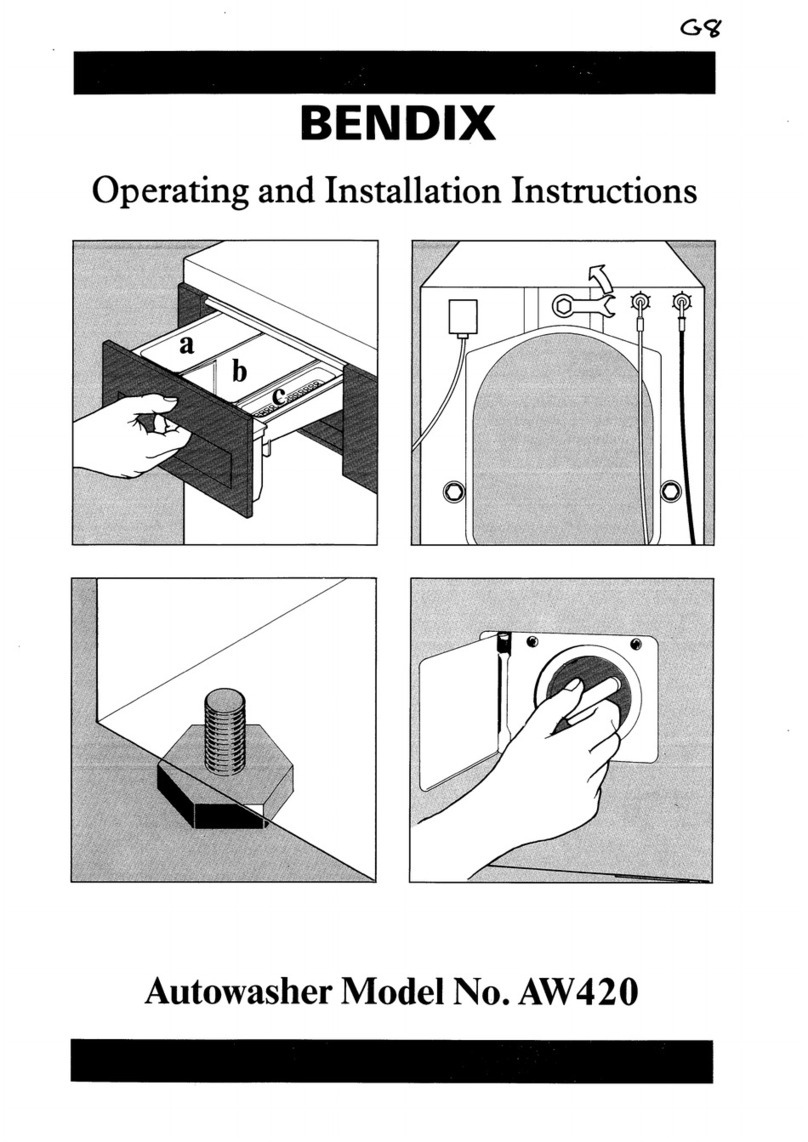
Tricity Bendix
Tricity Bendix AW420 Specification sheet
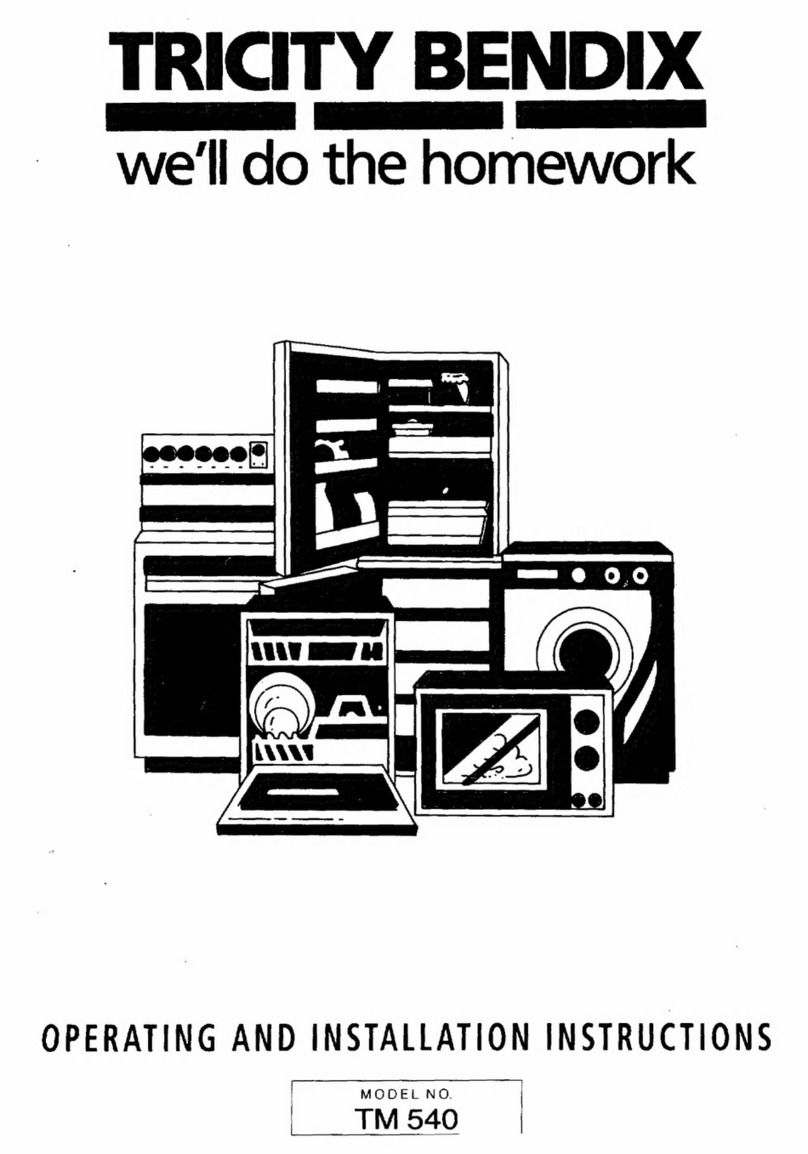
Tricity Bendix
Tricity Bendix TM 540 User manual
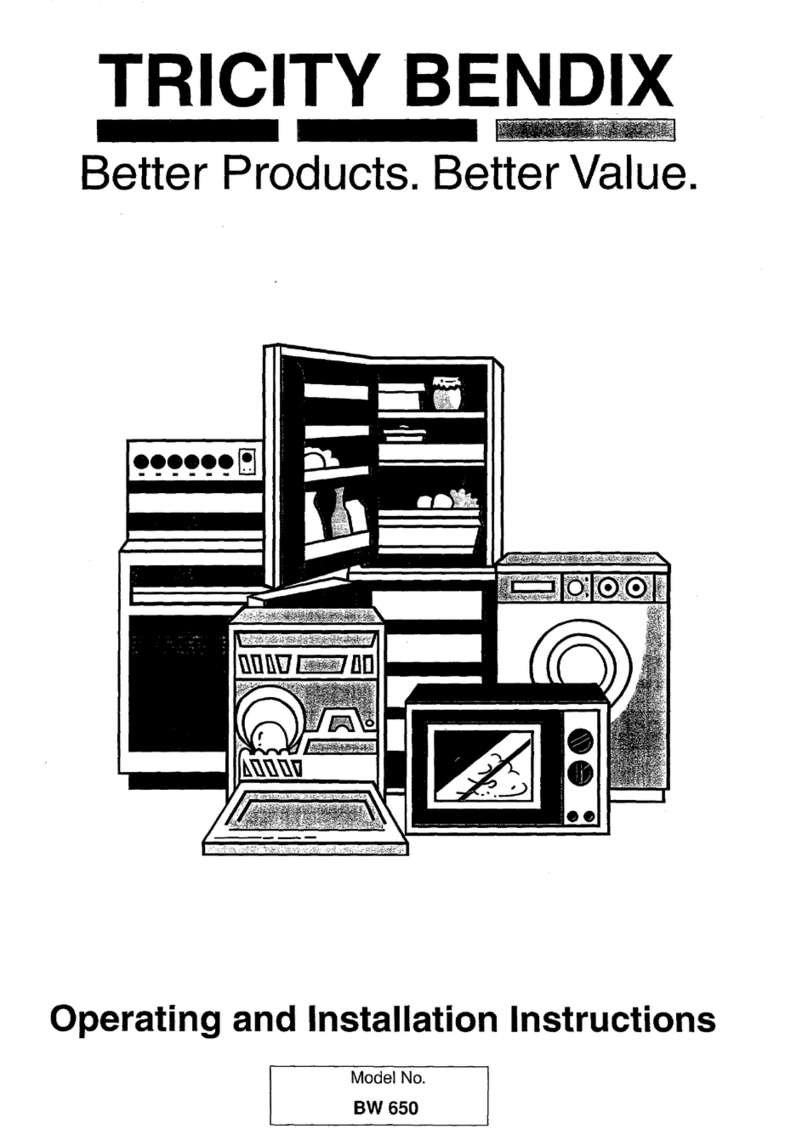
Tricity Bendix
Tricity Bendix BW 650 Specification sheet
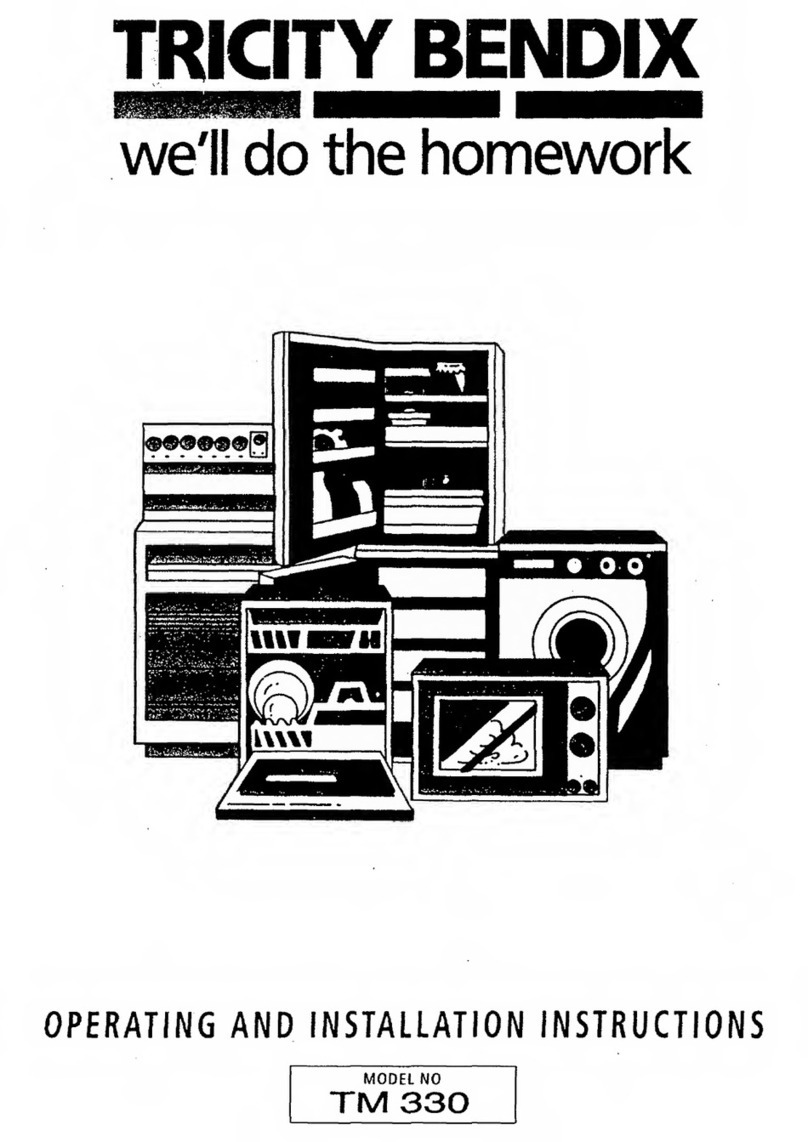
Tricity Bendix
Tricity Bendix TM 330 User manual

Tricity Bendix
Tricity Bendix AW 460 Specification sheet
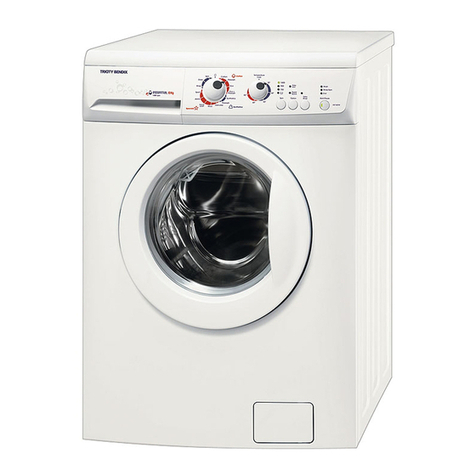
Tricity Bendix
Tricity Bendix AW 1202 W User manual

Tricity Bendix
Tricity Bendix CAW 800 User manual
